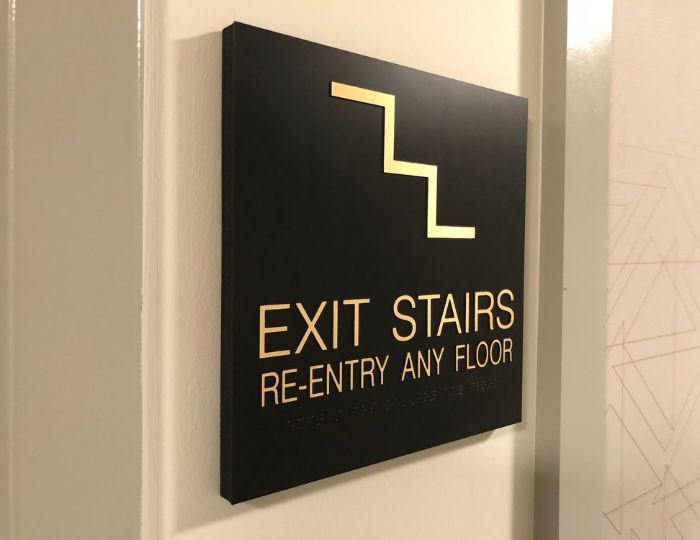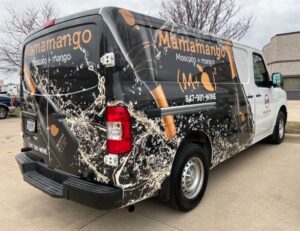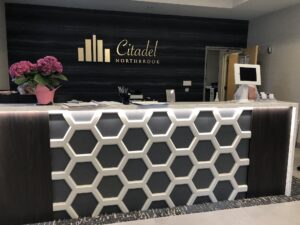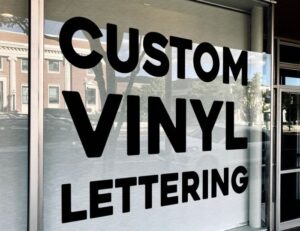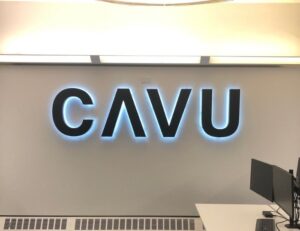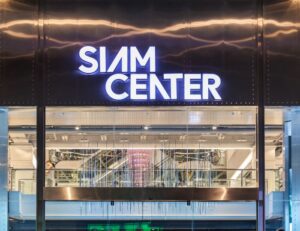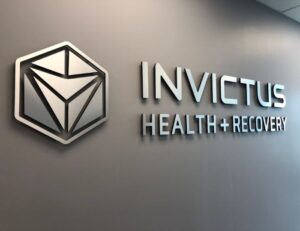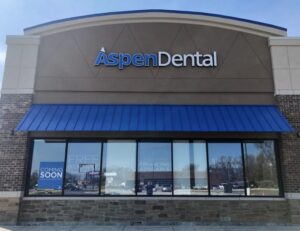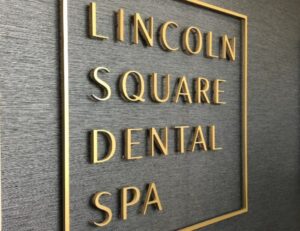Plastic signs are one of the most versatile and cost-effective options for businesses looking to promote their brand. From storefronts and directional signs to promotional displays and trade show graphics, plastic signs can be designed in a variety of styles to fit your needs. But have you ever wondered—what exactly are commercial plastic signs made of?
Let’s take a closer look at the most common materials used, why they’re chosen, and what makes them so effective for business signage.
Why Plastic Signs Are So Popular
Plastic signs are everywhere because they strike the right balance between durability, affordability, and customization. They’re resistant to weather, easy to shape or print on, and lightweight enough to be installed on almost any surface. This makes them a go-to option for both indoor and outdoor commercial signage.
Common Materials Used in Commercial Plastic Signs
1. Acrylic (Plexiglass)
Acrylic is a clear, glass-like plastic that is highly durable and weather resistant. It offers a sleek, polished appearance and is often used for professional office signs, illuminated signs, and wall-mounted displays.
-
Pros: Elegant look, highly durable, resists fading and cracking.
-
Best Uses: Office lobbies, building directories, backlit signage.
2. PVC (Polyvinyl Chloride)
PVC signage is made from rigid plastic sheets that are lightweight yet strong. It’s smooth, easy to print on, and can be cut into custom shapes.
-
Pros: Lightweight, affordable, versatile.
-
Best Uses: Indoor signage, menu boards, retail displays.
3. Coroplast (Corrugated Plastic)
Coroplast is a corrugated polypropylene material that’s durable and lightweight, making it ideal for temporary or portable signage.
-
Pros: Water-resistant, inexpensive, great for outdoor use.
-
Best Uses: Yard signs, event signage, promotional displays.
4. Polycarbonate
Polycarbonate is one of the toughest plastics used in signage. It’s impact-resistant and works well in environments where signs may face harsh weather or heavy wear.
-
Pros: Extremely durable, resists shattering.
-
Best Uses: Outdoor illuminated signs, high-traffic areas, safety signage.
5. High-Density Urethane (HDU)
While not technically a “plastic” in the traditional sense, HDU is a synthetic material often used in custom 3D signage. It mimics the look of wood but is much more weather resistant.
-
Pros: Carvable, long-lasting, doesn’t warp like wood.
-
Best Uses: Dimensional signs, architectural signage, themed branding.
Indoor vs. Outdoor Applications
-
Indoor Plastic Signs: Materials like acrylic and PVC are commonly chosen for interior spaces where a clean, professional appearance is most important.
-
Outdoor Plastic Signs: Polycarbonate, acrylic, and HDU are better suited for exterior use since they can withstand UV rays, rain, and temperature changes.
Choosing the right material depends on the environment, longevity required, and overall look you want to achieve.
Benefits of Plastic Signs for Businesses
-
Cost-Effective: Many plastic materials are budget-friendly without sacrificing quality.
-
Versatile: Available in a wide range of thicknesses, finishes, and colors.
-
Durable: Resistant to weather, impact, and fading.
-
Customizable: Easily shaped, printed, or illuminated to reflect your brand identity.
Why Work With a Professional Sign Company
While plastic signs are common, choosing the right material and finish for your commercial needs can be tricky. A professional signage company will help you:
-
Match the right material to your environment and budget.
-
Ensure proper fabrication for durability and appearance.
-
Handle installation so your sign is secure, level, and eye-catching.
Landmark Visibility Solutions: Your Signage Experts
At Landmark Visibility Solutions, we design, fabricate, and install high-quality commercial plastic signs tailored to your business. Whether you need durable outdoor signage, polished acrylic displays, or budget-friendly event signage, we’ll guide you through every step.


